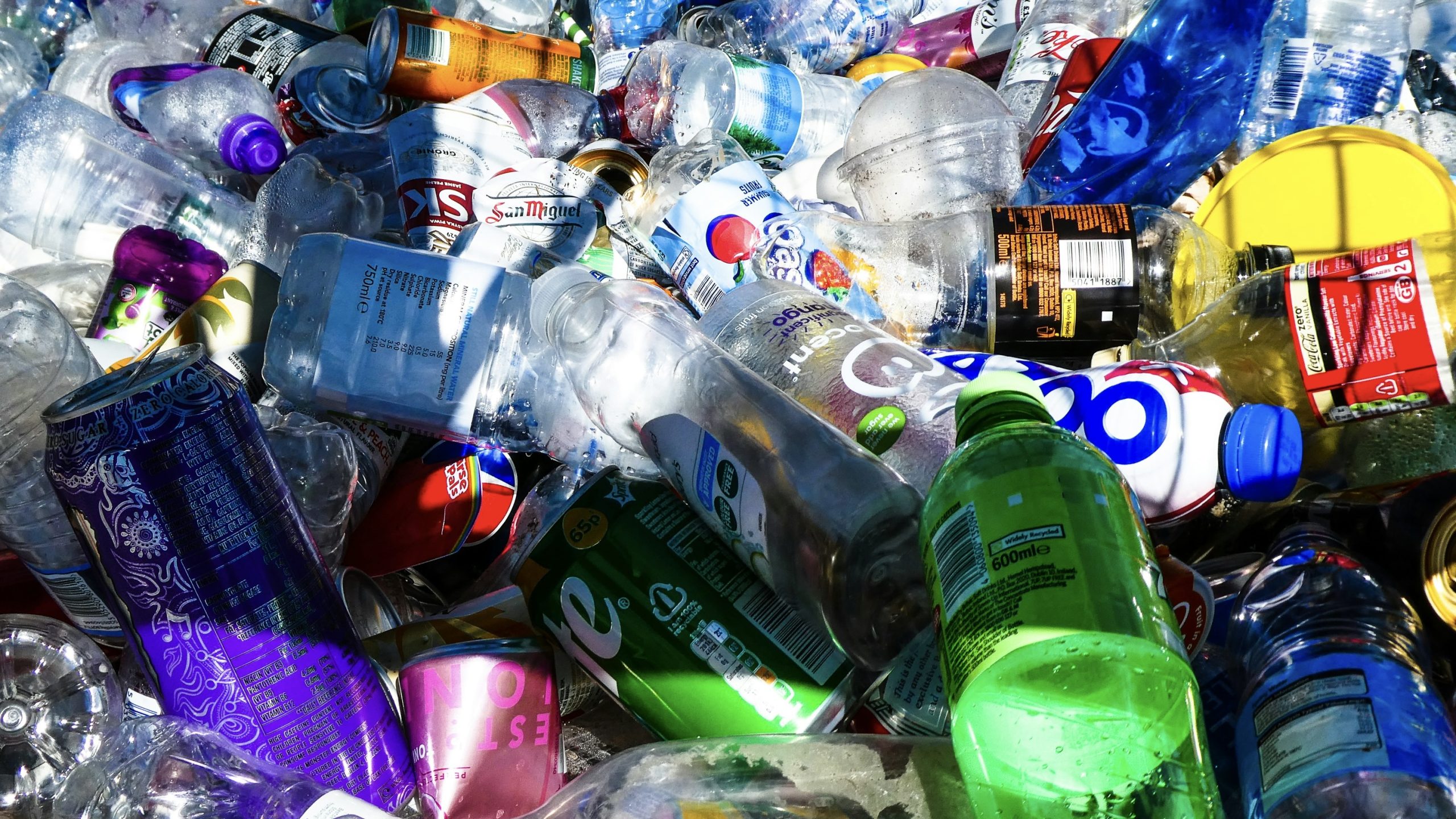Plastic is used in many products — from containers and bags to electronics and vehicles. And it’s a significant source of climate-warming pollution.
Cabernard: “Plastics production at the moment, it contributes to 4.5% of global greenhouse gas emissions.”
Livia Cabernard of the Technical University in Munich, Germany, explains that almost all plastics are made from oil, natural gas, or coal. Extracting and transporting those fuels emits carbon pollution.
Then, more fossil fuels are burned to supply the heat and electricity used to refine those raw materials and manufacture the plastic products. So the entire process is very carbon-intensive.
Cabernard’s research shows that in the past few decades, carbon pollution from making plastic has doubled because production has grown and shifted to parts of the world that burn a lot of coal for energy.
So she says the industry needs to change. Making plastics from algae or plants can reduce the need for fossil fuels as raw ingredients.
And switching to renewable energy can reduce carbon pollution from production facilities.
Cabernard: “Also for sure we should avoid plastics whenever possible, like the single-use plastics.”
… to help limit how much is made in the first place.
Reporting credit: Sarah Kennedy / ChavoBart Digital Media
We help millions of people understand climate change and what to do about it. Help us reach even more people like you.


